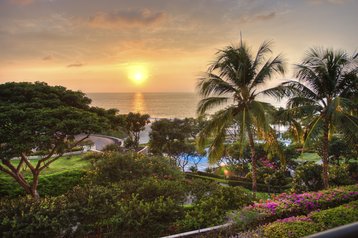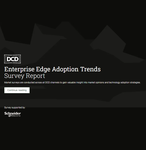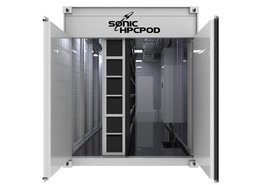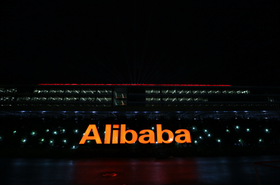Amazon Web Services (AWS) has launched a new Local Zone Edge location in Honolulu, Hawaii.
“Today, AWS announces the general availability of AWS Local Zones in Honolulu, Hawaii. You can now use Local Zones in Honolulu to deliver applications that require single-digit millisecond latency or local data processing,” the company said this week.
Local Zones act as Edge locations to host applications that require low latency to end-users or on-premises installations. Each zone offers select services (compute, storage, database, etc.) close to population centers for latency-sensitive applications, often where Amazon doesn't have an existing data center footprint. Each Zone is a ‘child’ of a particular parent region and is managed by the control plane in that region.
Services available include Amazon Elastic Block Store, Elastic Compute Cloud, Elastic Container Service, Elastic Kubernetes Service, Application Load Balancer, and AWS Direct Connect. Its parent region is the US West in Oregon.
Local Zones were first launched in 2019 and since then, AWS has rolled out 18 zones in 17 US metros. Local Zones are available in Atlanta, Seattle, Boston, Chicago, Denver, Dallas, Houston, Kansas City, Los Angeles (x2), Las Vegas, Miami, Minneapolis, New York City, Portland, Phoenix, and Philadelphia.
While Honolulu is a new Local Zone location for AWS, the company is amidst a series of Local Zone refreshes, expanding the range of services and instances available in its existing locations. Dallas, Chicago, Houston, Atlanta, Miami, and Phoenix have seen second-generation Local Zone launches in recent months.
Beyond the US, AWS has also launched more than a dozen Local Zones in international markets across Europe, Latin America, Africa, and APAC.
Despite multiple requests from DCD, AWS hasn't detailed what facilities the Local Zones sit within or what compute infrastructure they use.







